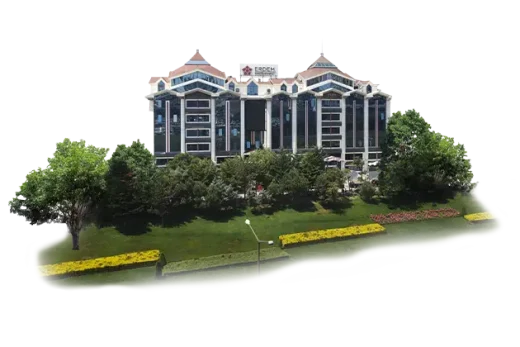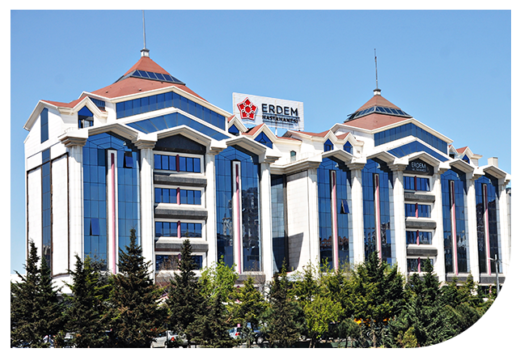It often strikes without warning. One wrong move, a twist, a lift, a stretch and you’re frozen in place, gripped by sharp, stabbing pain in your lower back. The German term Hexenschuss, often translated as “witch’s shot,” vividly describes the sensation: as if something invisible attacked your spine.
In medical terms, this is lumbago, a sudden, intense episode of lower back pain that can leave you temporarily immobilized. It’s one of the most common musculoskeletal complaints worldwide, yet still surrounded by confusion, fear, and misunderstanding.
Here’s what you should know about acute back pain, how to handle it when it hits, and what to do if it doesn’t go away.
What Exactly Is Lumbago?
Lumbago isn’t a disease, it’s a general term for pain in the lower back, usually centered around the lumbar spine. It often arises from muscle strain, joint irritation, or small tissue injuries. While it can feel dramatic and disabling, it’s usually not dangerous.
The pain may be:
- Sudden and stabbing
- Localized or radiating slightly to the buttocks or thighs
- Made worse by certain movements, coughing, or sneezing
- Relieved (or worsened) by rest or heat
In most cases, lumbago resolves on its own within a few days to weeks. But knowing what’s normal and what’s not is key.
Common Triggers for Acute Back Pain
Acute lower back pain can be triggered by even the simplest movements, especially when muscles or joints are already tight, weak, or stressed. Common causes include:
- Lifting heavy objects improperly
- Twisting while bending (e.g., reaching into the back seat of a car)
- Prolonged sitting or slouching, especially without back support
- Sudden awkward movements
- Cold or drafts that cause muscles to stiffen
- Poor posture over time
- Weak core muscles that can’t stabilize the spine
Psychological stress, lack of movement, and chronic muscle tension also play a significant role in predisposing the back to injury.
What Should You Do When It Happens?
If you’re suddenly in pain, the instinct might be to lie flat and avoid all movement but that’s not always helpful.
Here’s what experts recommend in the first 24–72 hours:
- Keep moving gently: While bed rest used to be standard advice, we now know that gentle activity (like walking or light stretching) often leads to faster recovery.
- Use warmth: A heating pad or warm bath can help relax tight muscles.
- Avoid heavy lifting and twisting: Let your back rest from strain, but don’t become completely inactive.
- Over-the-counter pain relief: Medications like ibuprofen or paracetamol may help reduce discomfort temporarily.
Avoid sudden jerks, hard chairs, and staying in one position for too long. Focus on gentle mobility, not complete immobility.
When Lower Back Pain Might Be More Serious
Most episodes of lumbago are benign but not all back pain should be ignored. Seek medical attention if you experience:
- Pain that radiates down one leg (especially below the knee)
- Numbness, tingling, or weakness in the legs or feet
- Loss of bladder or bowel control
- Persistent pain lasting more than 2 weeks
- Back pain after a fall or injury
- Fever, weight loss, or night sweats alongside back pain
These symptoms may indicate nerve compression, a herniated disc, or another underlying spinal issue that requires medical evaluation.
How to Prevent Future Episodes
After a bout of acute back pain, many people are left wondering: How can I stop this from happening again?
Here are some science-backed strategies to protect your spine:
- Strengthen your core: A strong abdominal wall supports the lower back.
- Practice proper lifting techniques: Bend at the knees, keep the load close to your body, and avoid twisting.
- Use ergonomic furniture: Make sure your work and sleep setups support healthy posture.
- Stay active: Regular walking, swimming, or low-impact exercise can reduce future risk.
- Stretch regularly: Especially the hamstrings, hip flexors, and lower back.
- Manage stress: Chronic muscle tension is often tied to psychological strain.
Don’t wait for pain to return, use each episode as a signal to listen to your body and make small, lasting changes.
When Your Back Demands More Than Rest
Sometimes, the pain doesn’t go away or comes back again and again. At that point, it’s not just a flare-up. It’s a pattern. And it deserves a closer look.
If your symptoms persist or interfere with daily life, the spine specialists at Erdem Hospital offer comprehensive diagnostics, physiotherapy, and individualized treatment plans designed to not only relieve pain but restore long-term spinal health, strength, and mobility.

